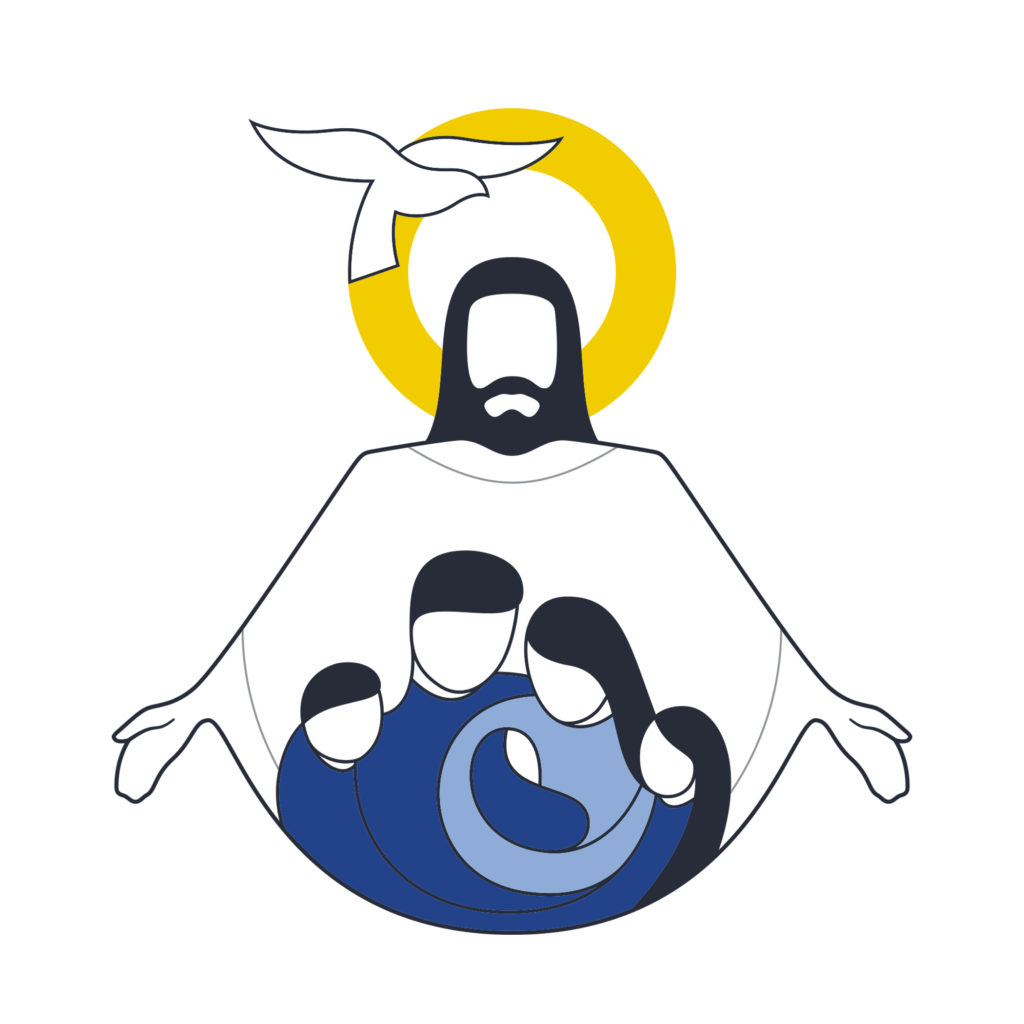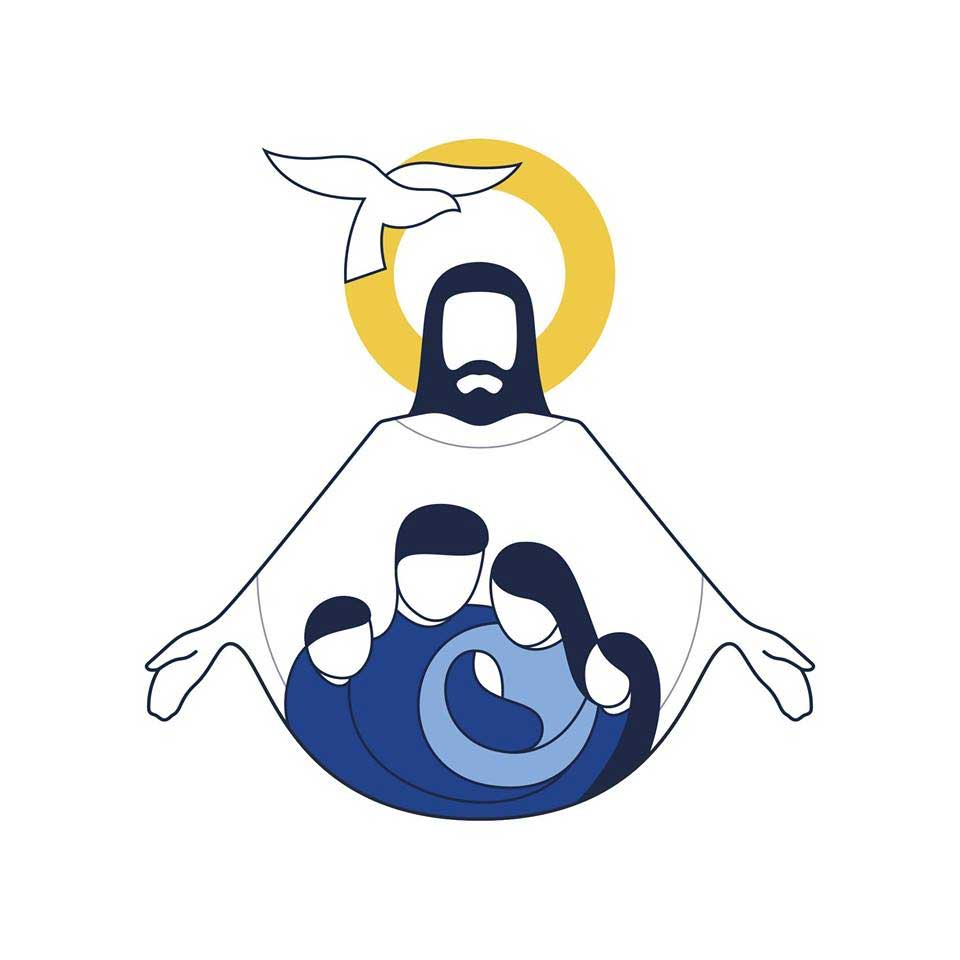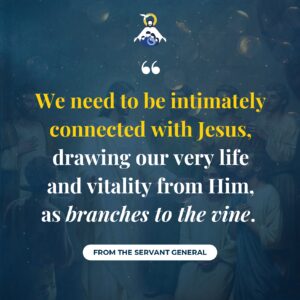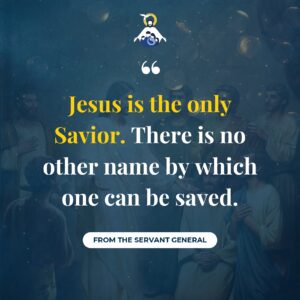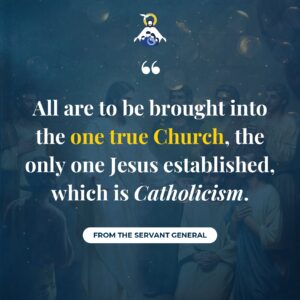MISSIONARY FAMILIES OF CHRIST
GREATER REVERENCE FOR THE EUCHARIST
The Holy Eucharist is the source and summit of Christian life. It is of crucial importance for the life of a Catholic. It is a commemoration of the central act of salvation of our Lord Jesus,[1]his sacrificial death on the cross.[2]It is a sacred mystery whereby bread and wine are transformed into the body and blood of Jesus.[3]It is a celebration where the Trinity, our Blessed Mother Mary, all the angels and saints, and the people of God on earth come together as one.
The Holy Mass is both a solemn commemoration and a joyful celebration. As it commemorates the sacrifice of Jesus on the cross for the salvation of his people, the focus is always on Jesus and not on the people who come to celebrate.[4]
As the Eucharistic celebration is a holy event, in the very presence of the Triune God, great reverence is due to it. Such reverence is manifested in our attitude, attire and actions.
Following are guidelines for MFC in its celebration of the Eucharist in the Philippines.[5]
Prior to the Mass
We should be predisposed to participate fully in the Mass, and to anticipate the reception of our Lord in Holy Communion. If we are in a state of mortal sin,[6]we should go to confession prior to the Mass.
We should abstain from food and drink, except for water and medicine, at least one hour before receiving Holy Communion.[7]
We should dress appropriately. Do not wear shorts, caps, compression pants, leggings, sleeveless top, etc.
We should not be late for the start of Mass. It is good to have some minutes of prayerful silence before the Mass actually starts.
Upon entering the church or chapel, we have come into a holy place.[8]As such, we should do the following:
* Maintain silence. Be in a prayerful posture.
* Turn off cell phones and other gadgets.[9]
* Genuflect before going into the pew.[10]
During the Mass
We should participate actively in the Mass, reciting the prayers, singing with the choir, and making the appropriate responses in an audible voice.
We do not elevate our hands toward the priest in response to “The Lord be with you.”
It is inappropriate to pray the Rosary during the Mass.
During the recitation of the creed,[11]at the point where we say “and bythe Holy Spirit was incarnateof the Virgin Mary, and became man,” we do a profound bow to show great reverence for the Incarnation.[12]
We kneel at the Consecration, and remain kneeling until the Great Amen.[13]
During the Lord’s Prayer, we do not raise our hands. Such oransposture[14]is reserved for the priest. We also do not hold hands.[15]
During the greeting of peace, we do not have to try to greet as many as we can by moving around and giving a physical handshake or hug. It is enough to just stay in your place and give a nod to those around you.[16]
For the Communion service, we kneel or do a profound bow right before receiving Communion. The most reverent way to receive Holy Communion is on the tongue.[17]After receiving Holy Communion, we maintain a prayerful silence.[18]
At the end of the Mass
There is no need to publicly thank the Mass celebrant at the end.[19]
We do not clap at the end the priest’s homily[20]and at the end of the Mass.[21]
We wait for the priest to leave the altar before leaving ourselves.[22]
We do not look at our cell phones until we are outside the church or chapel.
Great reverence is to be accorded to our Lord Jesus at the celebration of the Holy Eucharist. As God’s people, as disciples of Jesus, as witnesses empowered by the Holy Spirit, as soldiers in the army of Mary, we as MFC look to the Eucharist as our source of great mercy, grace and spiritual strength.
“Therefore, we who are receiving the unshakable kingdom
should have gratitude, with which we should offer
worship pleasing to God in reverence and awe.”
(Hebrews 12:28)
(SG. April 6, 2020)
[1]“This is my body that is for you. Do this in remembrance of me. …. This cup is the new covenant in my blood. Do this, as often as you drink it, in remembrance of me.” (1 Cor 11:24-25).
[2]“For as often as you eat this bread and drink the cup, you proclaim the death of the Lord until he comes.” (1 Cor 11:26).
[3]“For my flesh is true food, and my blood is true drink.” (Jn 6:55).
[4]Manifestations of a focus on the congregation would be holding hands during the Lord’s Prayer, extensive moving around for the greeting of peace, and clapping at the end of the Mass.
[5]These guidelines are only for MFC Masses in the Philippines. Our actions in non-MFC Masses in parishes and other venues can follow local Church practices. Our actions in MFC Masses in other parts of the world and in other cultures are to be guided by the practices of the local Church.
[6]It is also inappropriate to join the Communion queue to receive a blessing. Just stay in your pew. Anyway, you will receive your blessing at the end of the Mass. You may do “spiritual Communion.”
[7]The Eucharistic fast used to be from midnight, then lowered to three hours before Mass by Pope Pius XII in 1953, then lowered to one hour before Communion by Pope Paul VI in 1964. If we could, a fast longer than one hour would show greater reverence, and predispose us to a more worthy reception of Jesus.
[8]An exception is when the Mass is celebrated not in a church or chapel, such as in a home or hall. Maintaining silence would then be when the impending start of the Mass is indicated.
[9]Those who anticipate emergency calls such as doctors should place their phones on silent mode, and even remain in the back just in case they would need to respond to a call.
[10]It is proper to genuflect on the right knee. Those who are unable to genuflect due to health reasons may make a reverential bow toward the Tabernacle.
[11]We have a preference for the Nicene Creed rather than the Apostles’ Creed. In the Nicene Creed, there is a more extensive description of the Holy Spirit, whose action is crucial to our life and mission in MFC.
[12]A profound bow is a bow of the body, not just a nod of the head.
[13]Those who would find great difficulty in kneeling this whole time can be exempted. For example, some senior citizens, those who are physically challenged in kneeling, those in venues where the flooring is very rough, etc.
[14]The oransposture is a posture of prayer, with the elbows close to the sides of the body and with the hands outstretched sideways, palms up. This posture is only for the priest-celebrant, who prays on our behalf, acting as “alter Christus” as pastor of the flock.
[15]Some may look on hand-holding as a sign of unity of the community, but the unity is there by virtue of the Eucharist itself.
[16]For the sign of peace, the manner is to be established by Conferences of Bishops in accordance with the culture and customs of the peoples. It is, however, appropriate that each person offer the sign of peace only to those who are nearest and in a sober manner.
[17]Subject to directives of the local Church, such as in instances of threat of infection and illnesses. However, it must also be said that Communion in the hand is not more hygienic than Communion in the mouth. Indeed, it can be more dangerous for contagion, as our hands touch many surfaces or people before and during the Mass, and many pathogens can be transmitted through our hands. But speaking of greater reverence for the Eucharist, one problem with Communion in the hand is the risk of losing precious fragments of the consecrated host.
[18]In Masses at some of our large assemblies (like conferences or an anniversary), it is embarrassing, and totally disrespectful, that people begin talking, such that a loud noise results. A “Please maintain silence” should be flashed on the screen at this time. This is also not the time to check our cell phones or go to the comfort room.
[19]The celebrant is to be thanked privately.
[20]Saint Pius X: “It is not fitting that the servant should be applauded in his Master’s house.”
[21]Abp Soc Villegas: “The Eucharist is a happy feast and a memorial of Calvary. Who would have clapped at Calvary? …. The breaking of the Bread is a commemoration of the violent death that the Lord went through. Who claps while others are in pain?”
[22]Remember that Judas left before the first Mass was over (Jn 13:30).

